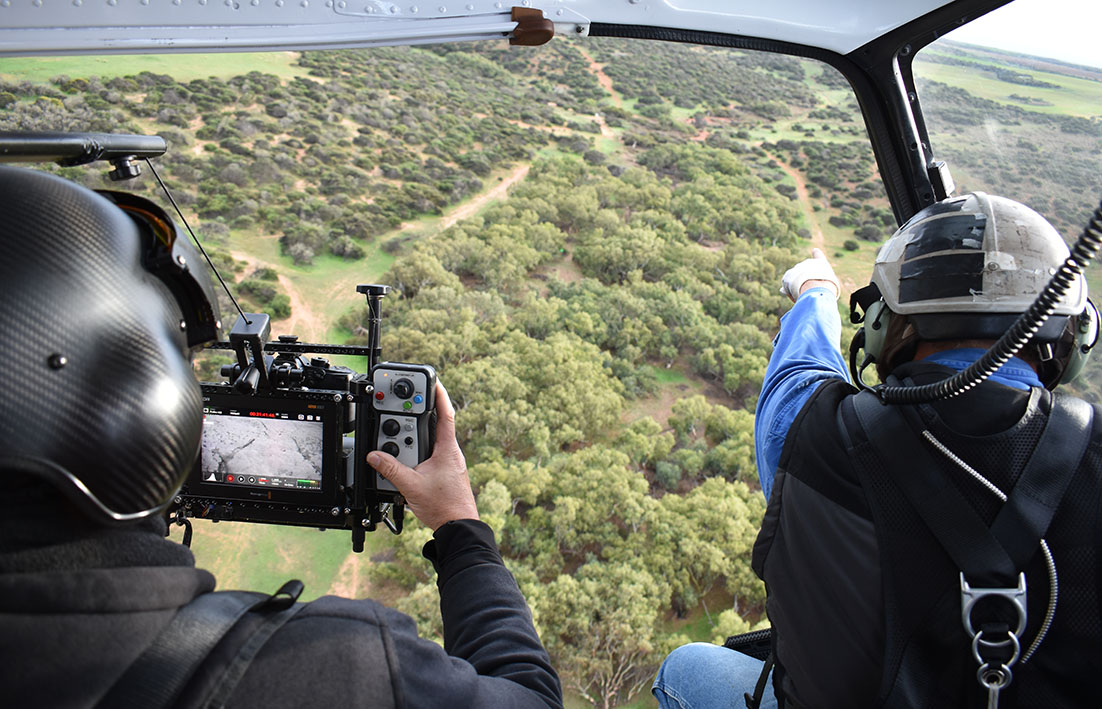
AERIAL surveys to detect feral deer populations have been carried out for the first time in the Muchea area.
The Department of Primary Industries and Regional Development (DPIRD) said it was taking the opportunity during the feral deer aerial surveys to also collect data on other pest species, such as feral pigs, to inform control activities.
The surveys, which were carried out on an area of mixed conservation and private land surrounding Muchea, were also being undertaken near Esperance and Harvey.
Muchea, Esperance and Harvey were targeted as they have known populations of feral deer of varying levels to collect baseline data on population distribution and density.
“Once the broader survey has been completed, including Harvey and Esperance, post-processing and analysis will be undertaken, which may take a few months,’’ the DPIRD spokeswoman said.
“Populations of feral deer and feral pigs are best controlled by either culling or exclusion fencing.’’
According to the department feral deer are considered one of Australia’s worst emerging animal pest threats, with populations continuing to expand – particularly in some eastern states, where numbers have increased to unprecedented levels.
“The pest impacts agricultural production, the environment and social amenity, while also posing a biosecurity risk via the transmission of emergency animal diseases, such as foot and mouth disease.’’
DPIRD technical area manager Peter Adams said the data would assist the development of tools and management strategies to develop best practice control measures.
“While feral deer in WA are not yet at levels like those in the east, it is important to take action now to prevent populations from increasing to unmanageable levels,” he said.
“This initiative will help provide scientific evidence from which to develop robust and effective control strategies that are suitable to WA conditions.’’
Dr Adams said there are populations of red and fallow deer at Esperance and Muchea, while Harvey also has rusa deer.
“These sites will be the focus of ongoing monitoring, which will support the development of tools and strategies to support effective and efficient control of deer.”
Landholders and the public are encouraged to report feral deer observations to the DeerScan online portal by searching the internet for ‘deerscan’ to aid ongoing surveillance.